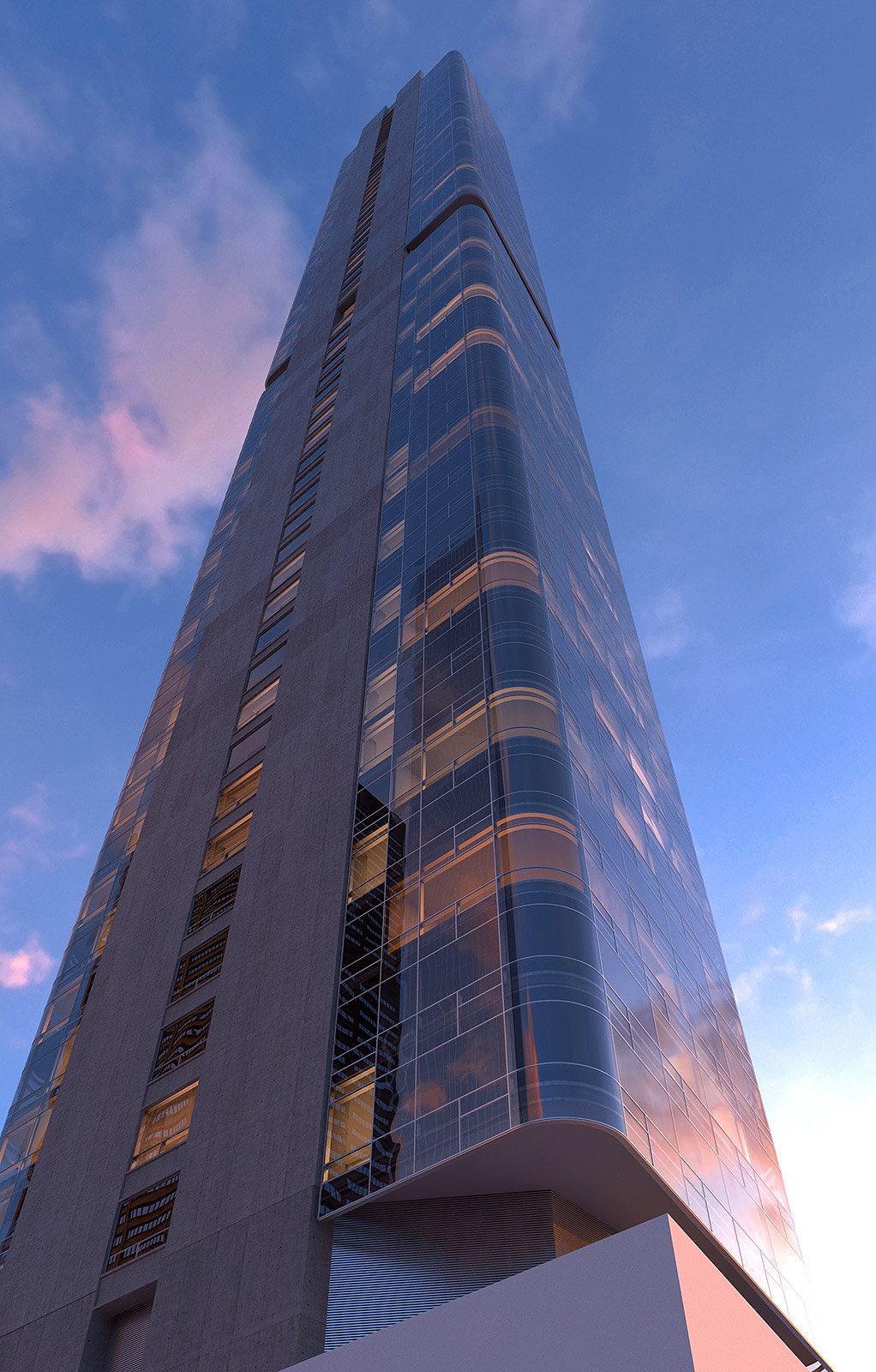
Illustration by Lexi Pilgrim
The morning after Britain’s shock vote to leave the European Union, global markets are in freefall, with some economists already predicting a new global recession. But this worst-case scenario for Europe may actually work out in favor of the New York real estate industry – with one big caveat. Here’s what New York City can expect:
1. Continued low interest rates
The Federal Reserve already backtracked on its plans to continue raising interest rates this year. Britain’s vote to leave the EU creates further global uncertainty and raises the specter of a recession, making it more likely that the Fed will delay raising rates even longer. That, taken strictly by itself, is good news for New York’s real estate industry. It means cheap financing.
“Mortgage rates will tumble following the Brexit vote, possibly hitting new record lows,” wrote Bankrate’s chief financial analyst Greg McBride. And it means the spreads between bond yields and commercial real estate cap rates are unlikely to shrink, which should help prop up property prices. (If interest rates rise, cap rates typically rise too: No one buys an office building with a 4-percent cap rate if you can get virtually risk-free treasury bonds with a 5-percent yield. If cap rates rise, property prices by definition fall.)

From left: One Hyde Park in London and 220 Central Park South in Manhattan
2. Move over, ol’ chap: NYC likely to push ahead of London in luxury residential race
Remember when London was the most popular city for foreign billionaires looking to stash their cash in some luxury penthouses? Well, those days could soon be over. A collapsing pound, likely economic turmoil in Britain, and uncertainty over London’s future role and status within Europe will likely put an immediate damper on London’s property market. In an analysis released Fridaymorning, London-based brokerage Knight Frank did its best to comfort Britain’s property owners, saying “it should be remembered that the UK is a country with 60 million wealthy consumers.”
But the damage is done. By appearing more stable in comparison, New York City is set to benefit and may well attract more wealthy buyers seeking a stable and safe market to invest in.
 3. NYC real estate to become more attractive as a global asset class
3. NYC real estate to become more attractive as a global asset class
It’s not just that New York real estate will now be more attractive compared to London – it may also become more appealing relative to stocks and bonds. In times of extreme uncertainty, investors tend to flee the financial markets and invest in more stable assets. On Friday morning, the price of gold and Treasury bonds both shot up. New York real estate (both commercial and residential) is widely considered one of the safer investments — BlackRock’s Larry Fink recently described it taking over gold’s traditional role as an “instrument for the storing of wealth.”
Expect more money to flow in.

From left: Ricky Gervais and Steve Carell
4. New York’s office investment sales market just got a boost
London and New York are the world’s two largest office markets. London has been the world’s financial capital for two centuries, but in recent years, its place within the European Union played a big role in keeping things that way. Back in April, the head of Land Securities, Britain’s largest commercial real estate company, warned that Brexit would lead to a “demand shock” for London’s office market as economic turmoil hits and financial firms move jobs to continental Europe. The popularity of London and New York commercial real estate is fanned by the fact that they are “perceived by mainstream investors to be the most likely to deliver strong rental growth in the coming few years,” a Real Capital Analytics report noted last summer. As one falters, the other stands to benefit by becoming more appealing to major office investors. “Too many things are “TBD” in London right now, so NYC office, multifamily and high street retail will likely benefit from even more capital flows,” wrote Daniel Parker of Hodges Ward Elliott.
And here’s the big caveat:
All of the above only really matters if the world economy stays in decent shape. But if Brexit leads to an economic crisis in Europe that spills over into a global recession, no one in New York’s real estate industry will fondly recall the day Britain voted to leave the EU.
 Rendering of 125 Greenwich Street. Via Bizzi & Partners Development
Rendering of 125 Greenwich Street. Via Bizzi & Partners Development







 3. NYC real estate to become more attractive as a global asset class
3. NYC real estate to become more attractive as a global asset class



